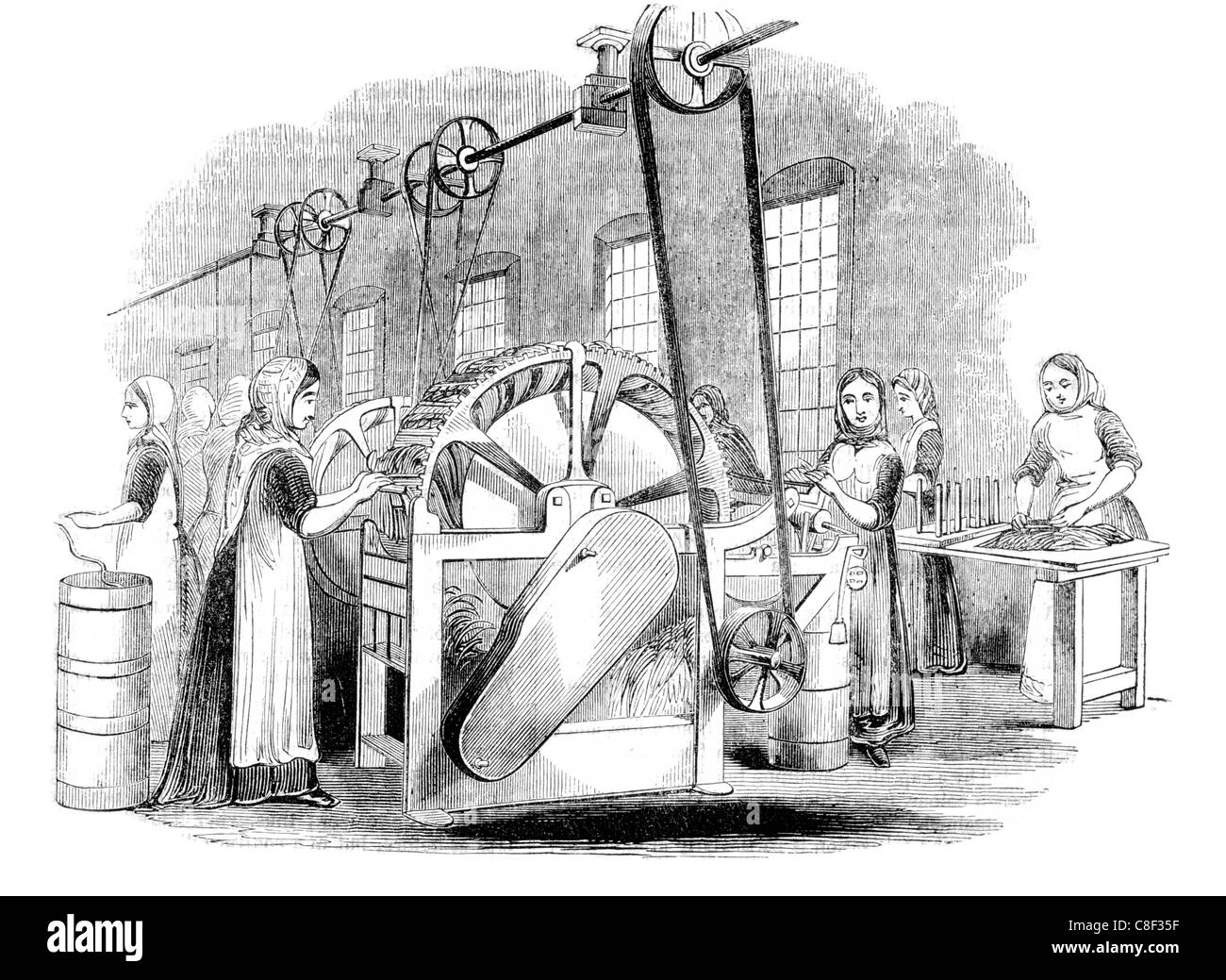flax heckling mill Leeds mills spinning yarn linen weaving weave

Image details
Contributor:
SOTK2011 / Alamy Stock PhotoImage ID:
C8F35FFile size:
35 MB (2 MB Compressed download)Releases:
Model - no | Property - noDo I need a release?Dimensions:
4092 x 2990 px | 34.6 x 25.3 cm | 13.6 x 10 inches | 300dpiDate taken:
2011More information:
The Industrial Revolution was a period from the 18th to the 19th century where major changes in agriculture, manufacturing, mining, transportation, and technology had a profound effect on the social, economic and cultural conditions of the times. It began in Britain, then subsequently spread throughout Western Europe, North America, Japan, and eventually the world. The Industrial Revolution marks a major turning point in human history; almost every aspect of daily life was influenced in some way. Most notably, average income and population began to exhibit unprecedented sustained growth. In the two centuries following 1800, the world's average per capita income increased over 10-fold, while the world's population increased over 6-fold. In the words of Nobel Prize winner Robert E. Lucas, Jr., "For the first time in history, the living standards of the masses of ordinary people have begun to undergo sustained growth ... Nothing remotely like this economic behavior has happened before". Starting in the later part of the 18th century, there began a transition in parts of Great Britain's previously manual labour and draft-animal–based economy towards machine-based manufacturing. It started with the mechanisation of the textile industries, the development of iron-making techniques and the increased use of refined coal Trade expansion was enabled by the introduction of canals, improved roads and railways. The introduction of steam power fuelled primarily by coal, wider utilisation of water wheels and powered machinery (mainly in textile manufacturing) underpinned the dramatic increases in production capacity. The development of all-metal machine tools in the first two decades of the 19th century facilitated the manufacture of more production machines for manufacturing in other industries.